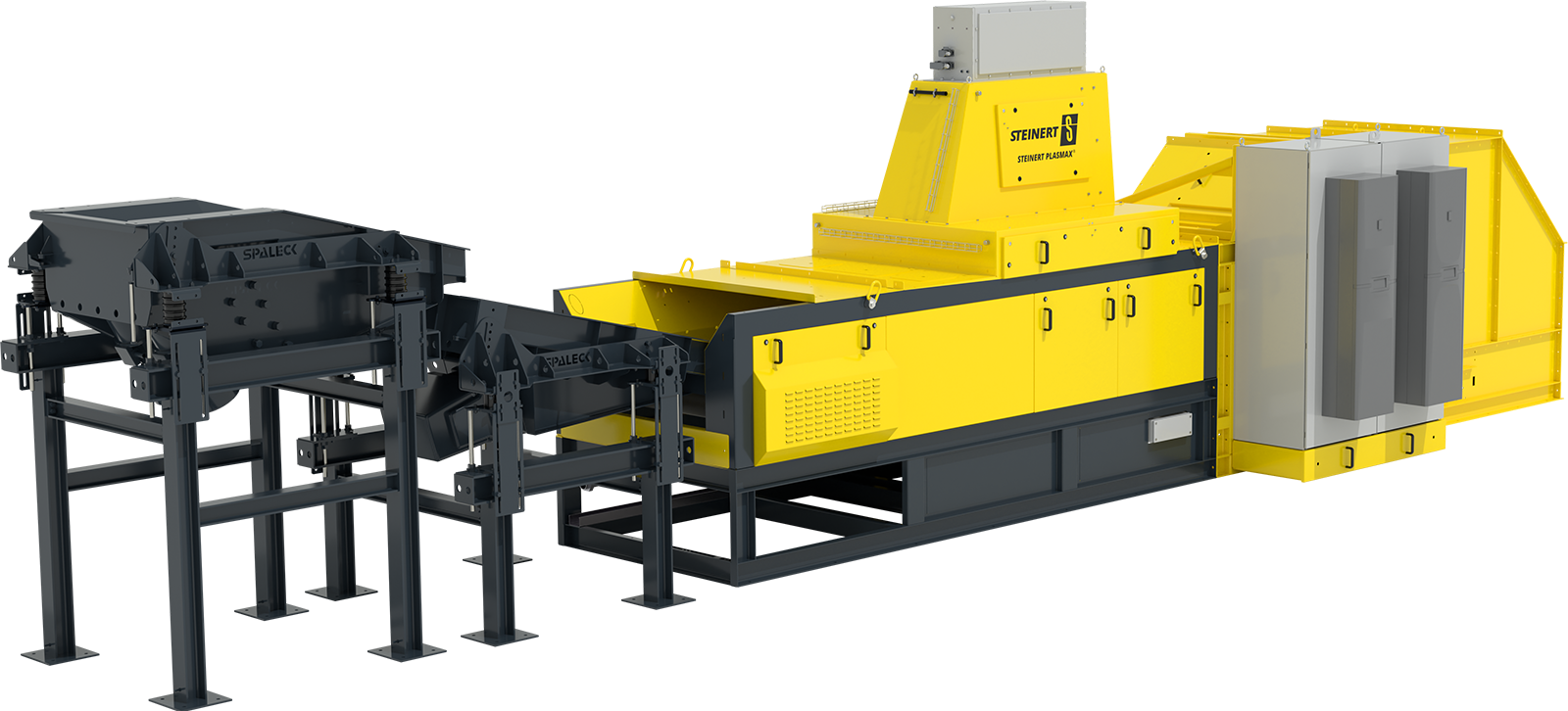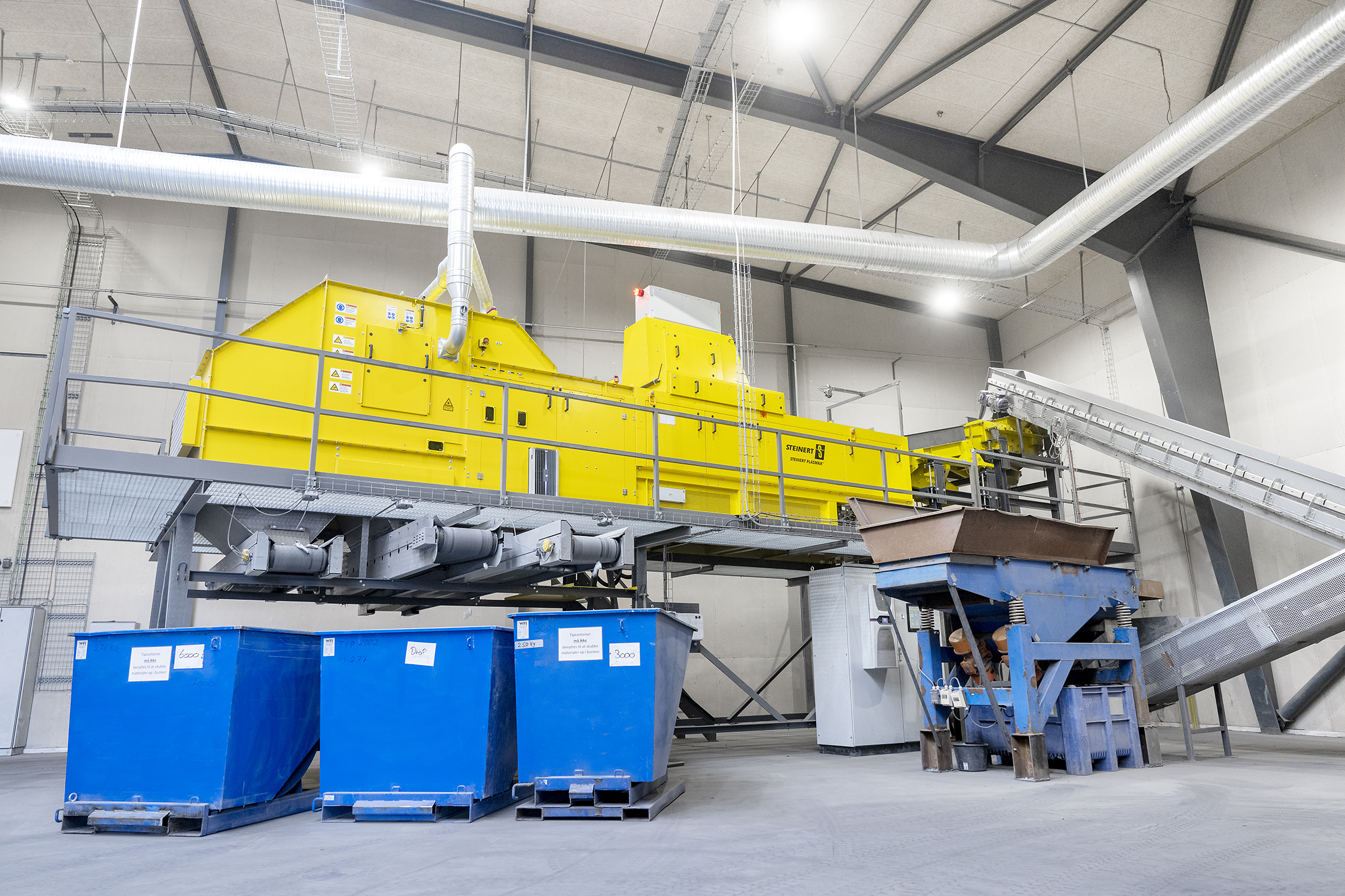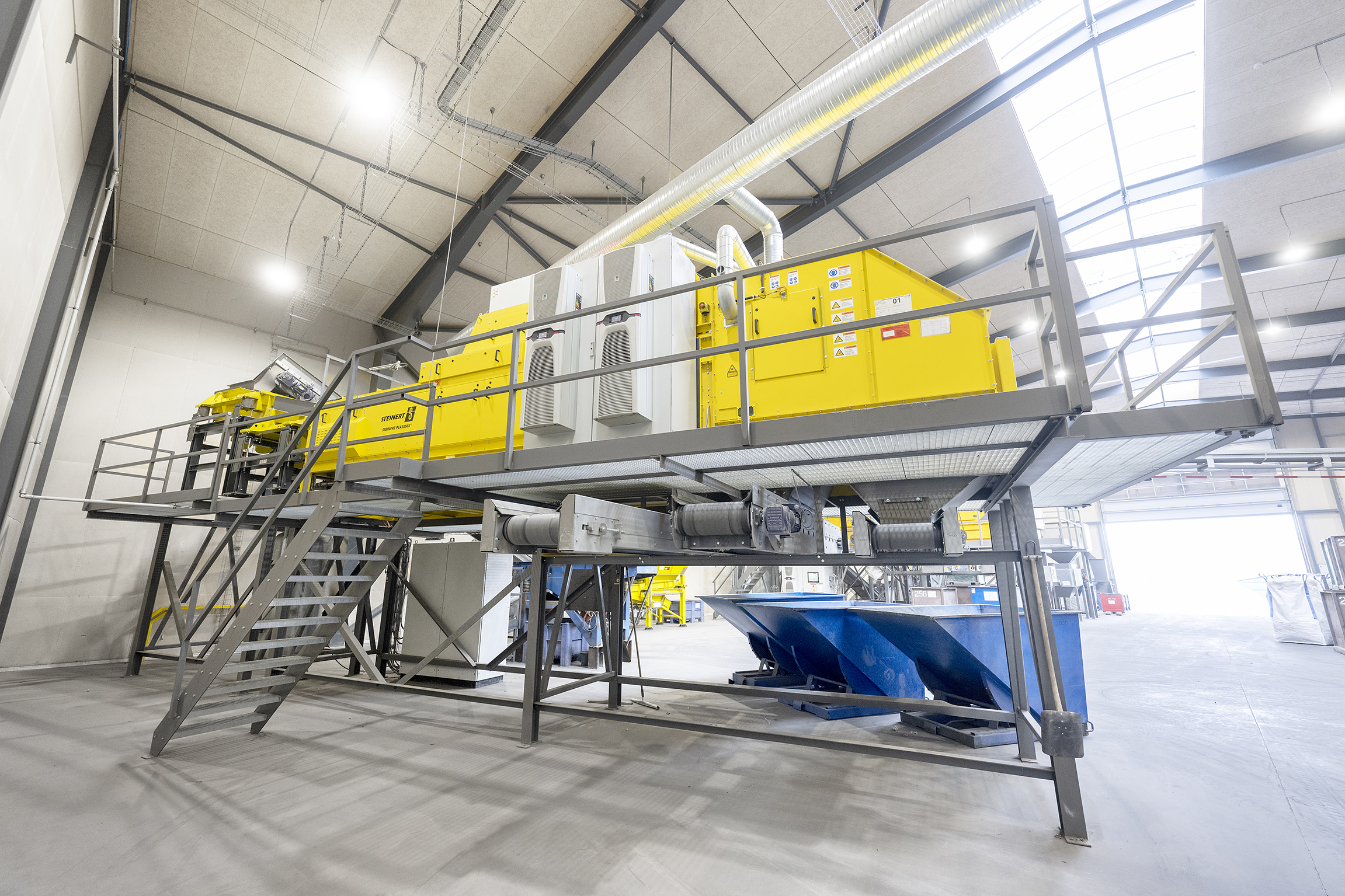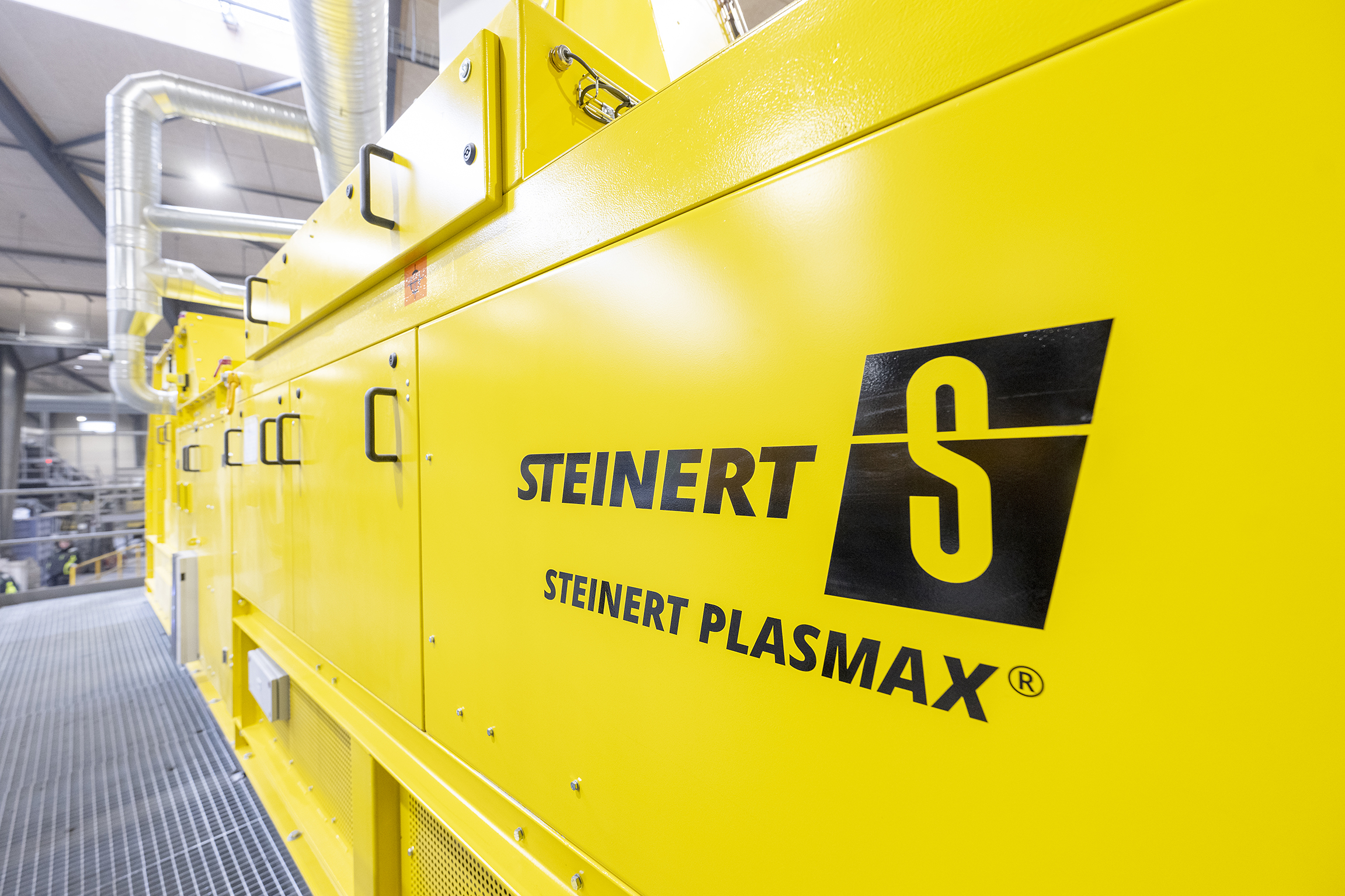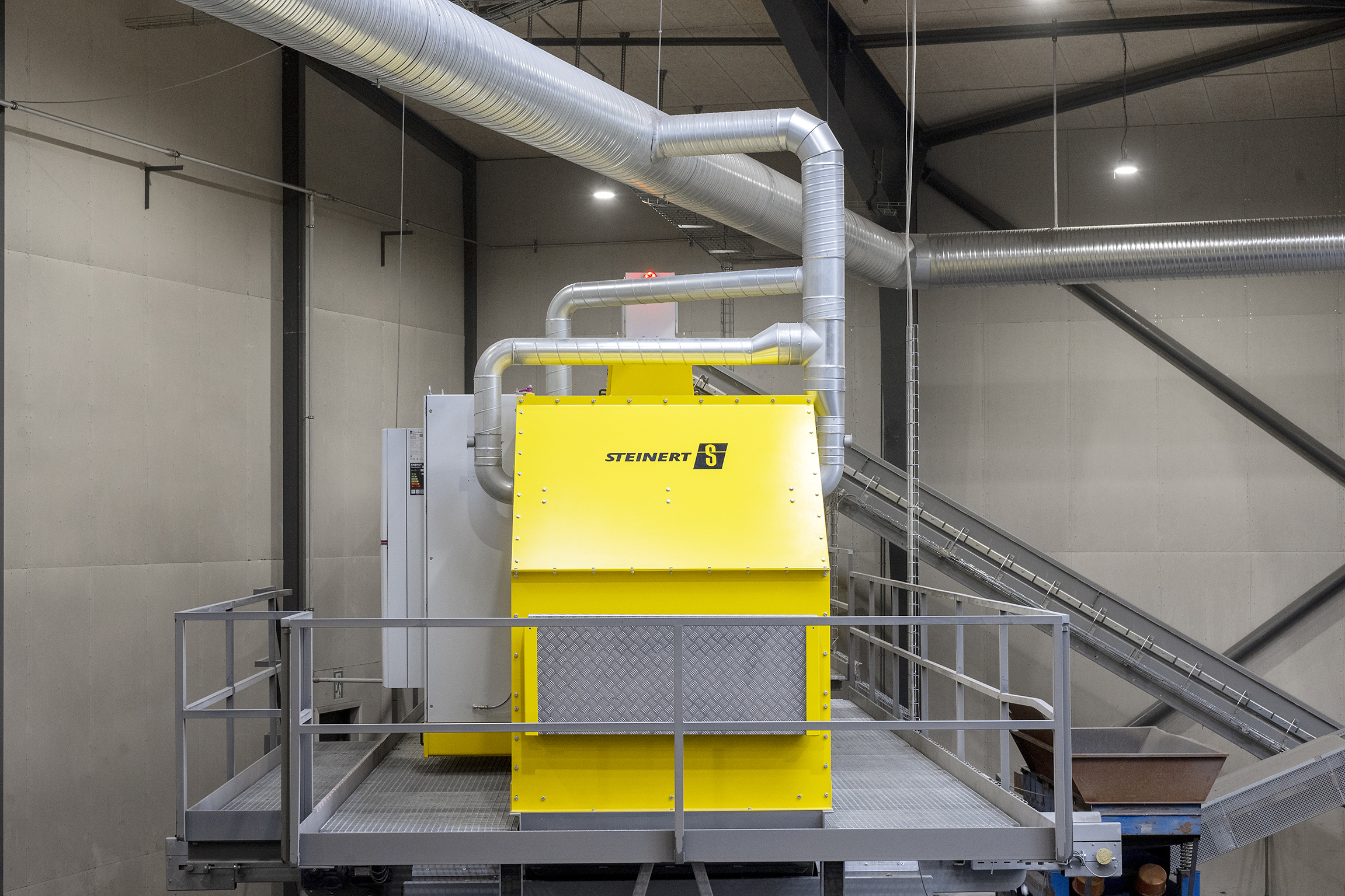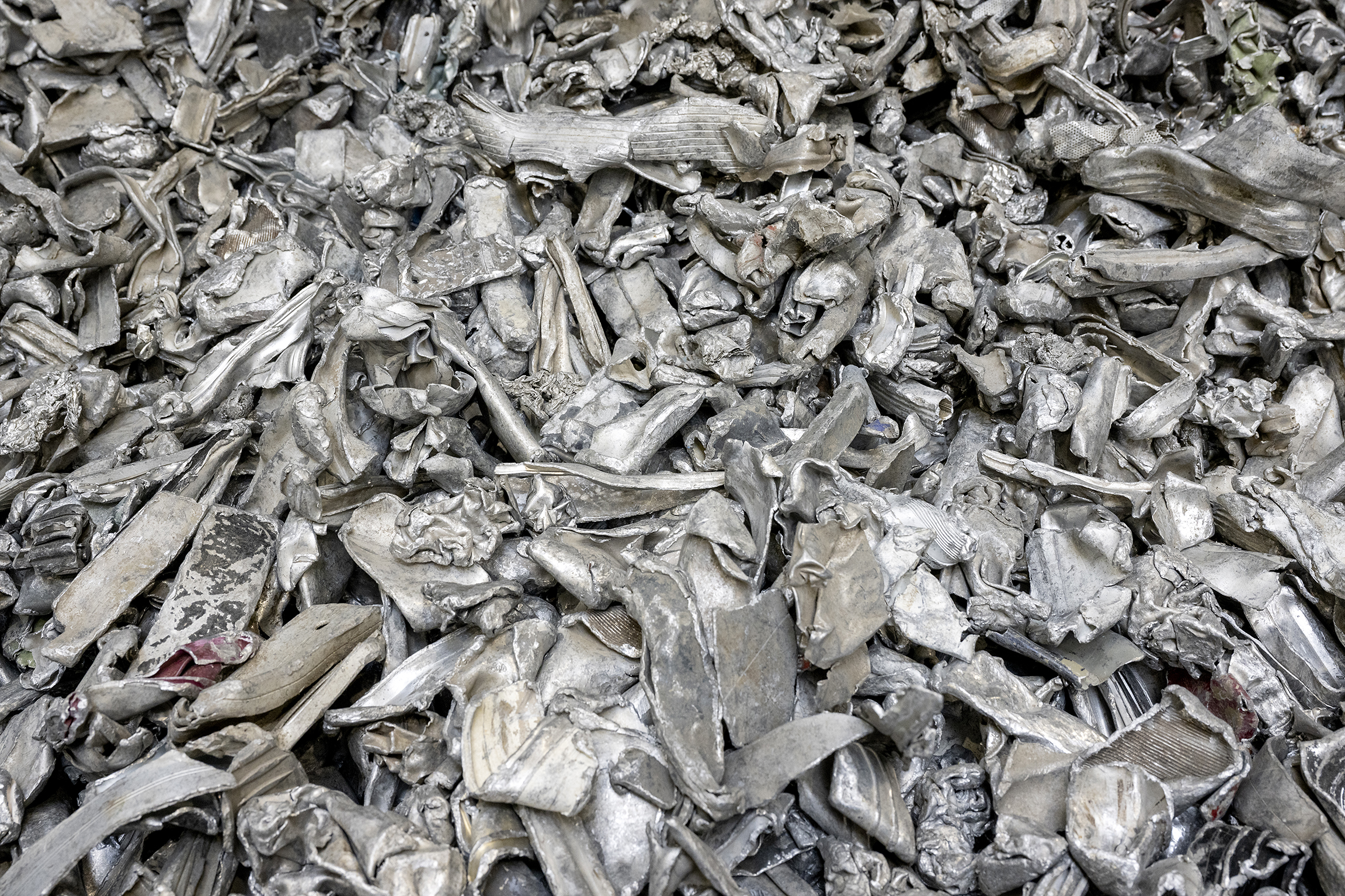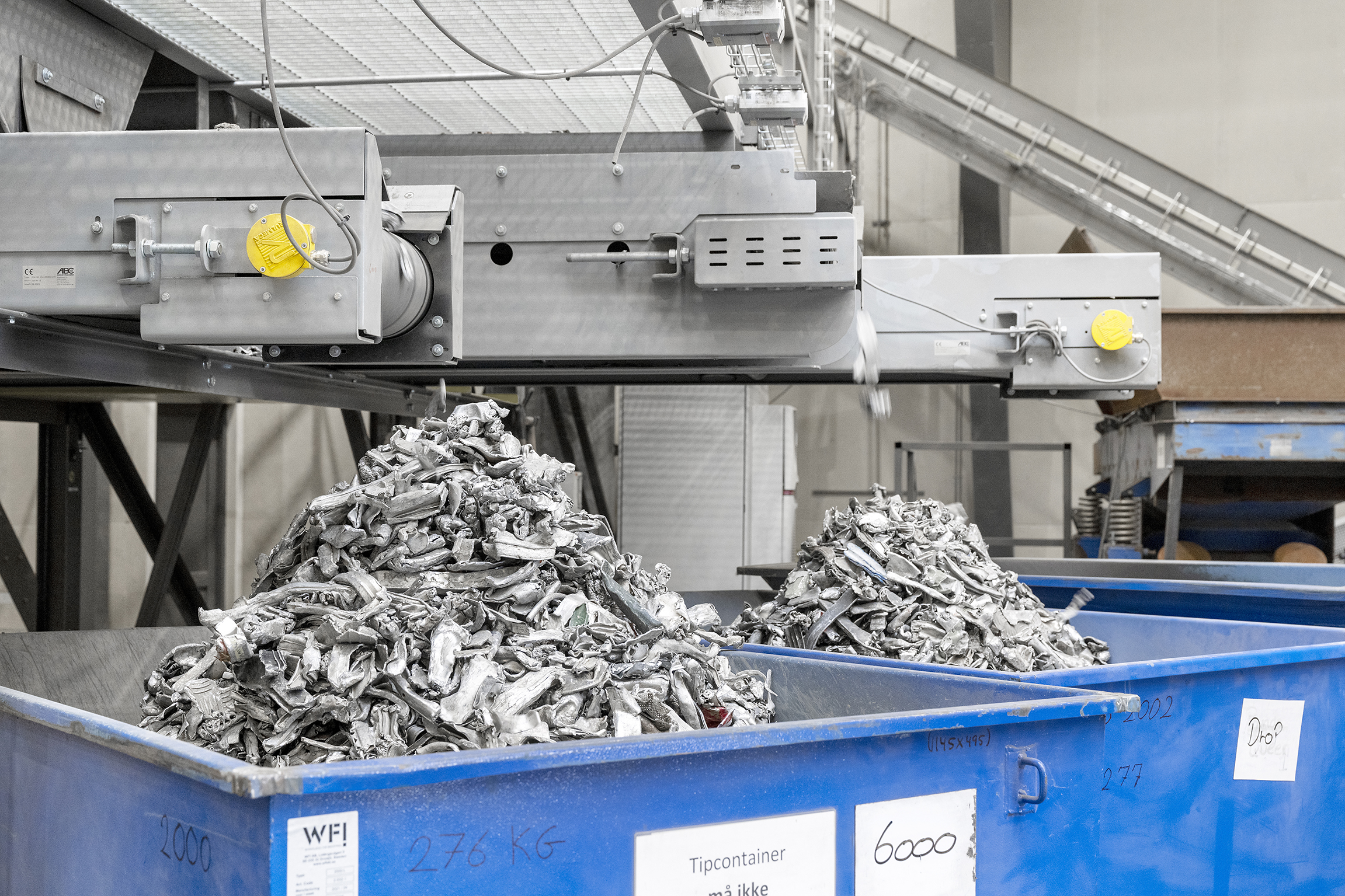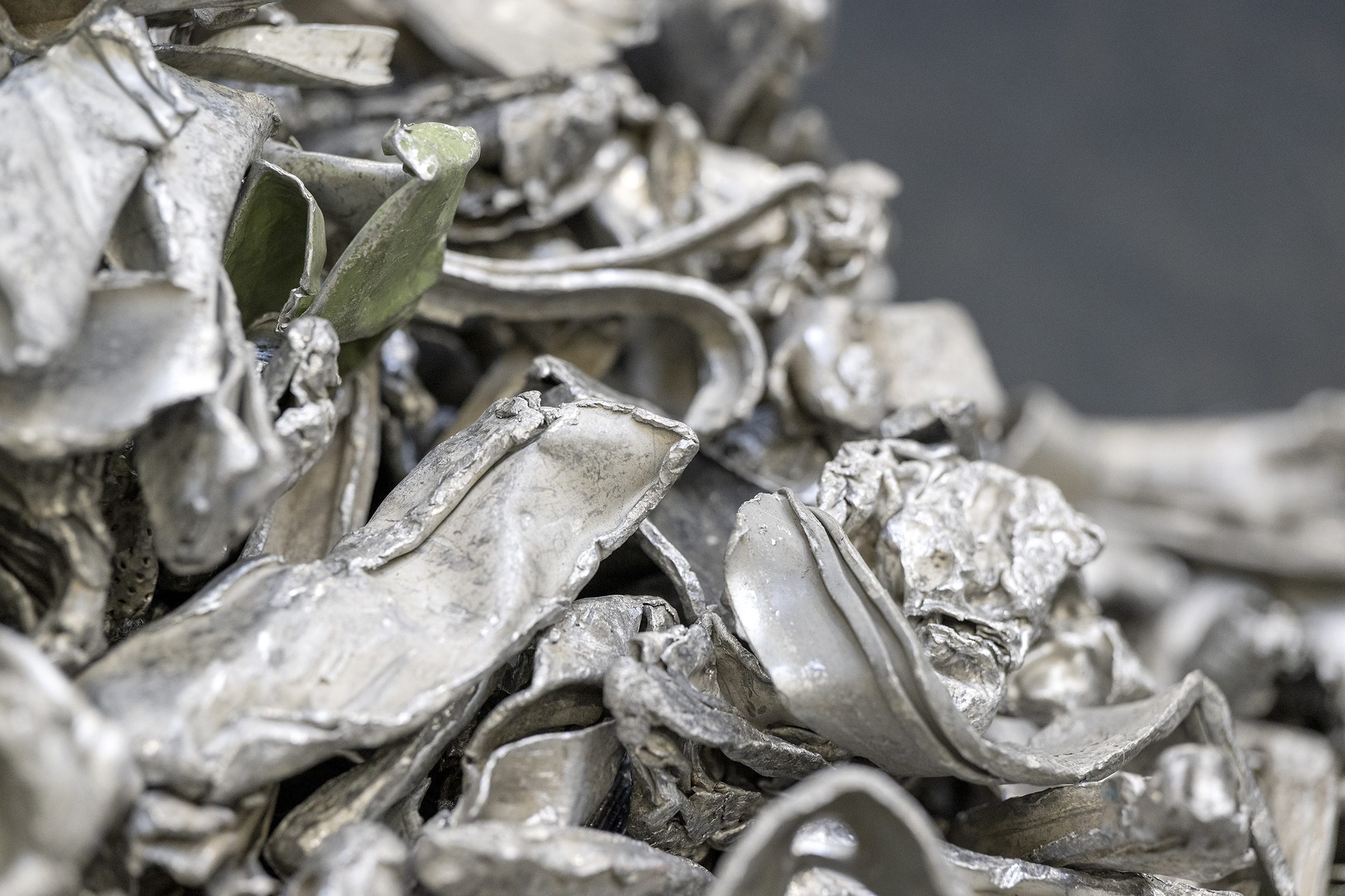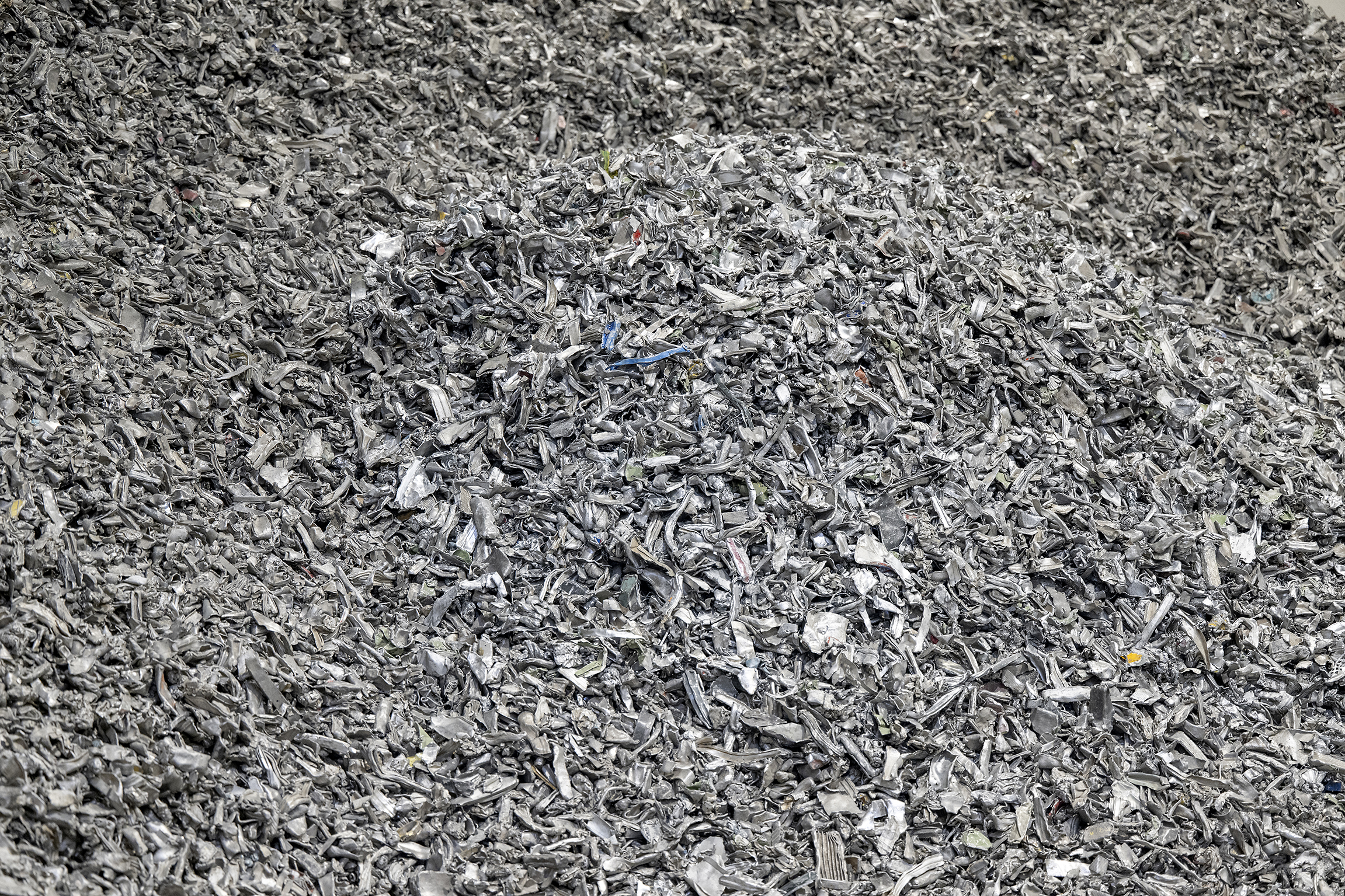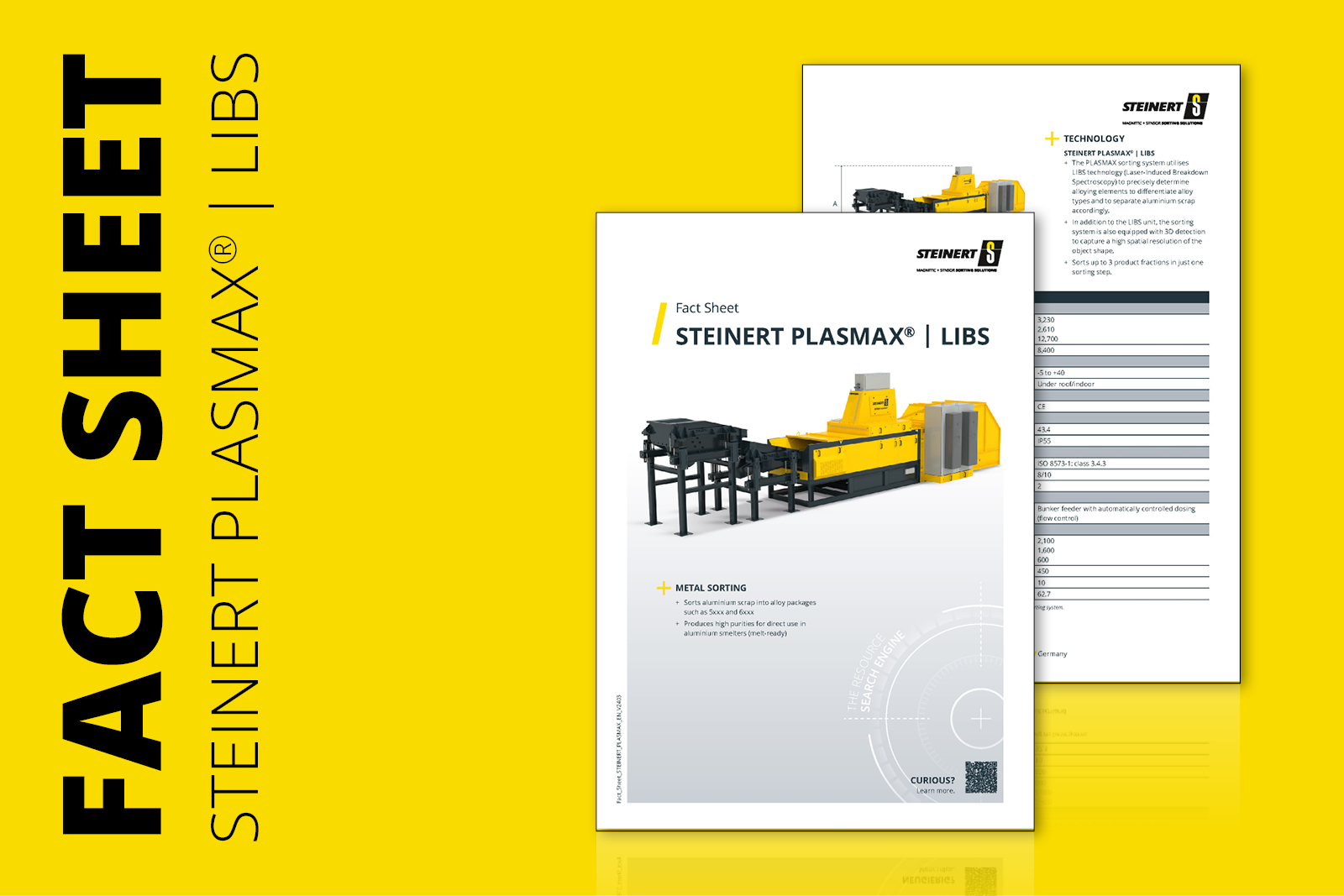
The newly developed STEINERT PLASMAX | LIBS promises to sort three products in one run, undertake a novel multi-spot analysis and deliver purity levels of more than 95%.
Replete with numerous innovations – the STEINERT PLASMAX | LIBS is the solution for high-purity separation of aluminium alloys and can handle large volumes. Delivering purity levels in excess of 95%, the new LIBS system achieves high quality levels, enabling the sorted product to be fed straight back into the production process.
Volume sorting with maximum precision
With a processing capacity of 3 – 6 t/h and three material discharges at the same time – the STEINERT PLASMAX | LIBS makes what is probably the most efficient processing of high-grade aluminium scrap possible and therefore answers the needs in the recycling market.
The new sorting system brings together several technological innovations and combines them on the tried-and-tested STEINERT KSS platform – a symbiosis, promising maximum quality and reliability. The compact design also makes the sorting system very easy to integrate into existing systems.
Karl Hoffmann, Global Sales Director Metal Recycling at STEINERT, summarises what drove the development: “Precise sorting of aluminium alloys with the STEINERT PLASMAX I LIBS delivers quality levels that produce an excellent basis for the increase in demand for recycled aluminium. Given the need to decarbonise the automotive industry and its supply chains, greater use of high-grade recycled materials is essential. I am delighted that, through the STEINERT PLASMAX I LIBS, we are able to present a technology that we have developed in house and that is once again setting new standards in the circular aluminium economy.”
A new approach to sorting aluminium alloys
The material starts to be processed as soon as it is placed on the new feed system. A specially developed multi-stage feeder ensures that the conveyor belt is covered optimally.
Next up is 3D detection and an ultra-precise in-flight detection: in other words, detection immediately after the material has left the belt. Due to the inertia, the material passes through the scan area in a stable drop parabola. The innovative multi-spot analysis is optimally oriented to the material and ensures ideal detection with multiple laser measurement points.
The plasma produced when the laser beam hits the aluminium is analysed using AI and, a moment later, separated into one of the three discharges by a targeted compressed-air pressure pulse.
- For sorting of aIuminium alloy classes such as 6xxx, 5xxx, 4xxx, 3xxx
- Three products in one sorting run
- Processing capacity of 3 – 6 t/h
- Multi-spot analysis for reliable and optimum detection
- AI-supported evaluation and separation
- 3D detection for optimised object precision
- Scanner unit without moving parts increases durability
- Development on tried-and-tested KSS platform
